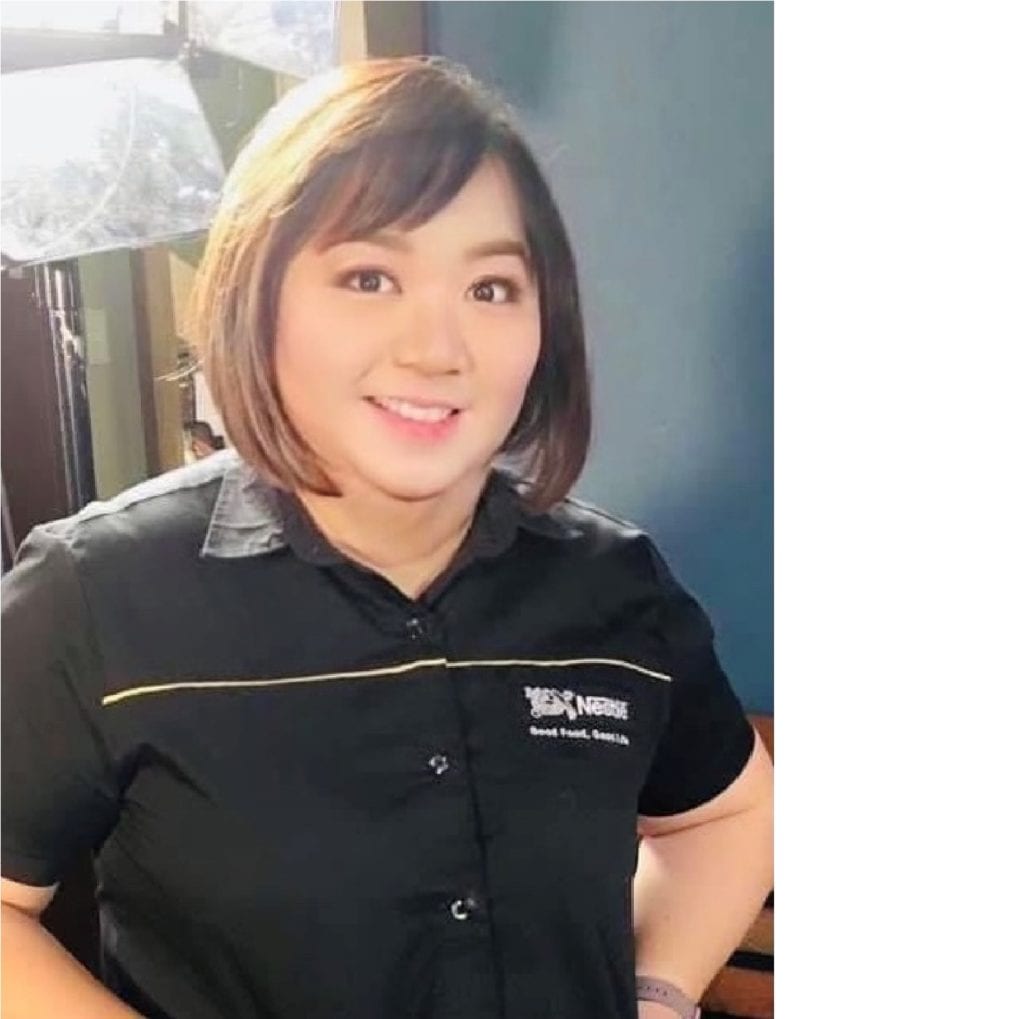
Cindy Banaria is currently the Vice President and National Key Accounts Head of Nestle Professional in the Philippines. Nestle Professional is the foodservice arm of Nestle Philippines Inc. Cindy initially worked with San Miguel Corporation Magnolia Division before moving to Nestle Philippines Inc. in 1996. Her career in key accounts span for 26 years and counting as she initially handled supermarkets and convenience stores chain before moving to key accounts foodservices. She has received a number of Sales Awards internally and from Customers – the latest of which is Sales Region of the Year for Nestle Professional in 2019 , Nestle Exemplar for Leadership and was part of the Grand Champion Team in Nestle’s ILAW ( Innovation Award ) in 2020.
During situations where there is an opportunity for manufacturers to collaborate with their retailers, they engage in joint business planning to help address consumer needs amid the constantly changing marketplace.
With her extensive experience at Nestle, Cindy shares with us the importance of internal collaboration and alignment in joint business planning with key accounts.
Q1: What is the idea behind joint business planning between manufacturers and retailers?
A1: The idea behind joint planning is to align one’s programs to the thrusts and directions set by the Customer and ultimately agree on a specific programs. Customers in this case would refer to big global and local food chains with centralized delivery points and high requirements for key accounts servicing.
Key here is understanding the Customer’s needs and how one can add value to the business partnership. It is all about helping trade partners win in out of home.
Q2: What are the prerequisites to joint business planning?
A2: In doing joint business planning, one should have a detailed Customer Fact Sheet. Supplier and Customer should be open to provide valuable information, e.g. current performance, potential new categories/products in the pipeline, and identified areas for growth.
This will include data on number of current branches and planned expansion; size of business for the past 2 – 3 years and the target set for the following year. From these, the priorities and common growth platforms are derived. List what worked well ( Keep ); can improve ( Adjust ) and doesn’t work ( Stop ) for the Customer.
Q3: What are the key steps in joint business planning? What are the typical timelines?
A3: After completing the Customer Fact Sheet , priorities and identifying common growth platforms, one will identify major objectives with Customer for the following year.
Normally, Customer provides brief to supplier including general directions for 1 to 2 years, e.g. categories to grow and calendar for new products. Supplier aligns internally and presents trends and proposed concepts to the account via ideation. Strategies are identified with corresponding details on initiatives and tactics .
Typical timelines start as early as Quarter 3 and ends before year end. Signing of the calendar of plans can be done towards the end of the year and extends to early part of the succeeding year.
Q4: What are pitfalls to avoid in joint business planning?
A4: Major pitfalls include not understanding Customer and putting ones interest as main consideration in the joint business planning. Partnership is a marriage of two – the Supplier and the Customer. It is putting the two together for a more effective planning. One should always bear in mind – What’s in it for the Customer ?
In some instances, there are Customers that do not share their plans as well as they consider it highly confidential.
Q5: What trends have you observed in joint business planning nowadays versus when it was a relatively new engagement practice?
A5: Most of the Customers have already set schedules in their calendar for the joint business planning with selected suppliers. In the past only a few key accounts would do joint business planning.
When it was a relatively new engagement practice, set common programs are shared by the Supplier with the Customer. Sometimes forced fit to the Customer which oftentimes will not really work. Nowadays, a big chunk of time is spent in understanding the Customers very well and imbibing their directions and thrust for the following year. It is listening more than talking. As they say, you have 2 ears and one mouth – so we use it in that proportion. By understanding the Customer, one is able to prepare plans and programs atuned to the directions set by the Customer. There will be a bigger likelihood of approval of the plans and programs presented .
Q6: Have there been situations where unintended consequences made joint business planning detrimental?
A6: One thing very distinct with key accounts is their requirement for differentiation from the products ,the solutions and to the activities mounted. There is a higher probability for customization for big Customers. There may be instances when Customers are not happy when they find out that certain promotions are done with other Customers as well. Even though these were agreed during the joint business planning – but once implemented with other Customers, this will be an area of concern.
Sometimes, joint business planning is also misconstrued as the final direction of the account. In reality, account’s plans may change based on the latest trends and market. Challenge for the supplier is how to be proactive, how to anticipate trends that come out after the joint business planning and act on the trends with new products.
Q7: Can you share one or two case examples of significant results that came out of your joint business planning?
A7: At the onset of the pandemic, dine in business significantly declined. Takeaway, delivery and drive thru transactions increased. The beverages business for out of home is the most category . How can out of home recover the big margins lost in beverages with the huge drop in dine in ? This was one of the major concerns raised by the Customer. How can manufacturer help with the current situation. We had to pivot our business from providing beverages solutions for dine in and shift to being part of the takeaway and delivery solutions. Thus the birth of the bottles solutions for Nestle Professional. This business model will include dispensing beverages in store from the dispenser to the bottles. The bottles will bear labels of the customer and will include a space where customer can write date of bottling. This will give artisanal and freshness perception of the product. Other than that, margins achieved are way better than the Ready to Drink pet bottle available in the market. This creative solution has paved the way for the Customer to get back the lost margins in beverages served for dine in. Consumer tests also showed very high acceptability of the bottle project.
Another example that came out of the joint business planning is providing accounts with new recipes that can address the heightened health awareness of Customers and the need for products that are one step procedure. This is aligned with the concern on the reduced manpower at the branch level due to the pandemic. Simplify work process due to reduced manpower at the branch level but at the same time providing comfort food with health value for the Customers.
********
Josiah Go is the Chairman and Chief Innovation Strategist of Mansmith and Fielders Inc. Attend his Continuum Academy’s event “Opportunity Seeking When Growth is Difficult” and “Evaluating Business Model Risks” on June 29. Email info@mansmith.net


